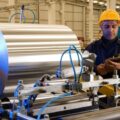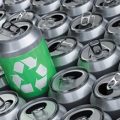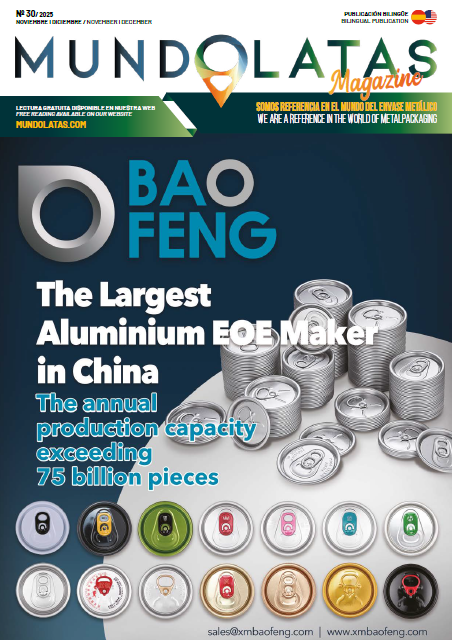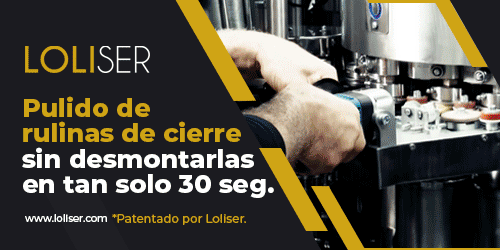Researchers from the Vienna University of Technology (TU Wien) have developed an innovative technique that allows the recovery of nickel present in discarded batteries. According to Professor Günther Rupprechter, project leader, this recycling process not only reduces the risks associated with toxic waste but also enables the manufacturing of efficient nanocatalysts to generate clean fuels. The key lies in extracting useful metals that would otherwise end up in landfills or incinerators.
The method developed by TU Wien utilizes not only nickel but also recycled aluminum to create a nanocatalyst that converts carbon dioxide (CO₂) and hydrogen into methane, a clean gas usable as an energy source. This process is carried out under normal pressure conditions and at moderate temperatures (250 °C), making it viable from an energy and environmental perspective. Additionally, the catalysts can be recycled multiple times, reinforcing the circular economy model.
Currently, Europe faces a shortage of capacity to recycle metals such as nickel, whose demand is increasing due to the rise of electric vehicles. Improper handling of used batteries can cause fires or toxic leaks, but their recycling offers a dual advantage: it eliminates hazardous waste and recovers critical resources for the industry. Investing in these types of technologies is essential to reduce dependence on imported raw materials and mitigate greenhouse gas emissions.
As researcher Qaisar Maqbool emphasizes, the project represents a comprehensive solution that combines energy efficiency, environmental sustainability, and utilization of secondary resources. Giving a second life to metals such as aluminum and nickel not only drives European innovation but also paves the way towards a truly circular economy, where waste is transformed into opportunities for a cleaner future.













